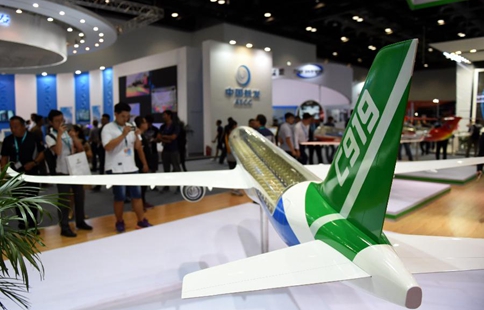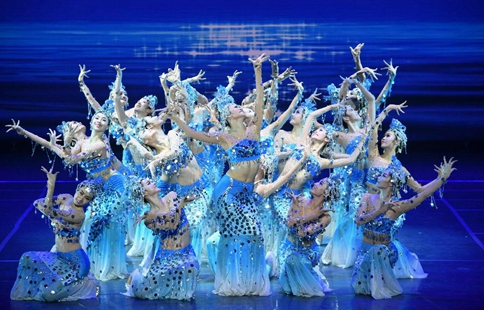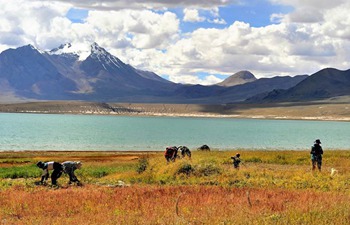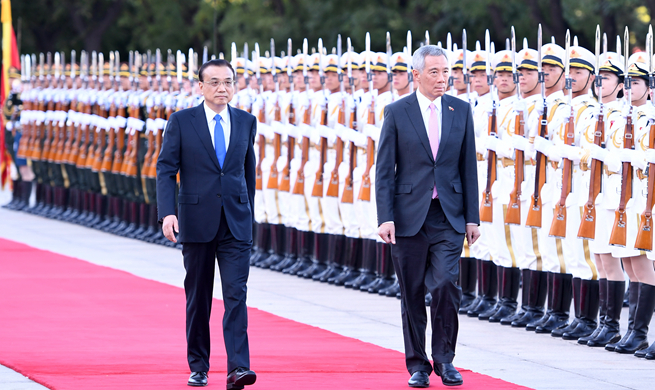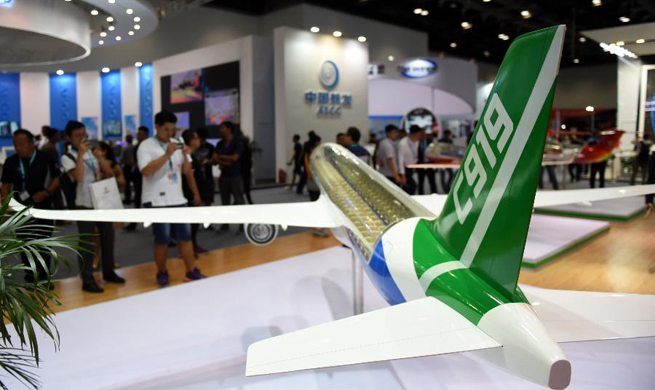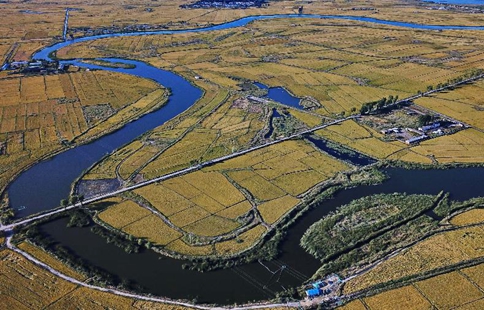HELSINKI, Sept. 19 (Xinhua) -- Finnish pride in the country's educational system appears to have been hit hard again in the annual Organization for Economic Cooperation and Development (OECD) survey of education.
In the latest version of OECD's Education at a Glance 2017, Finland still leads in providing public financing to universities, vocational schools and basic education.
However, Finland goes below average in the share of 24 to 34-year-olds having university education. The Finnish ratio is now 41 percent while the OECD average is 43 percent.
Minister of Education Sanni Grahn-Laasonen admitted on Monday the results "are a serious matter". The minister said the aim of the current government is to raise the ratio of university education to 50 percent of the population.
Grahn-Laasonen recalled Finland was at the top in 1991, but since then 55 countries have bypassed Finland.
Newspaper Helsingin Sanomat noted in an editorial on Monday that the share of university educated is merely an indicator but it indicates the high speed of education development in other countries.
"Finland cannot afford remaining in the middle level," the paper concluded. It also noted that many Finns may still live in the belief that their country is a top educator.
LOW-EDUCATED INCREASINGLY UNEMPLOYED
The Finnish educational dilemma increasingly connects with the needs of the labour market and the problems people with failure in education encounter. The number of those 20 to 24-year-olds that are neither at school nor at work increased from 13 percent in 2005 to 20 percent in 2016.
Unemployment among Finns who have only received basic education increased from 37 percent in 2005 to 50 percent in 2016, Yle reported.
The OECD report noted the high level of dropouts in vocational (trade) schools. A columnist on Yle last week described the situation in the vocational schools, following staff cutbacks, as "a dangerous experiment with humans".
Grahn-Laasonen said on Monday that the from next year, teachers in vocational schools would give their students more personal guidance.
Grahn-Laasonen underlined that the increased quality demand of the labour market accentuates the need to make sure the whole age group gets secondary education. She said 17 percent of Finns currently do not complete secondary education.
EARLY EDUCATION A POLITICAL ISSUE
OECD pointed out that the attendance in early childhood education services in Finland remains relatively low even though they are of high quality and publicly funded.
In Finland, only 53 percent of 2-year-olds are enrolled in early childhood educational development programs while the EU average is 58 percent. Finland only reaches the level of the other Nordic countries at the age of six.
Early education outside home has been a hot political issue in Finland due to disagreements in the coalition government until this autumn. The Finns Party insisted maintaining the current level of financial support for the care at home.
Following the split of the populist party, their ministers dropped the resistance recently and the government now plans to submit plans to parliament that would make early education outside home also financially attractive.
Grahn-Laasonen noted research supports the view that early pre-school education has a positive impact on learning later during the childhood. Enditem




